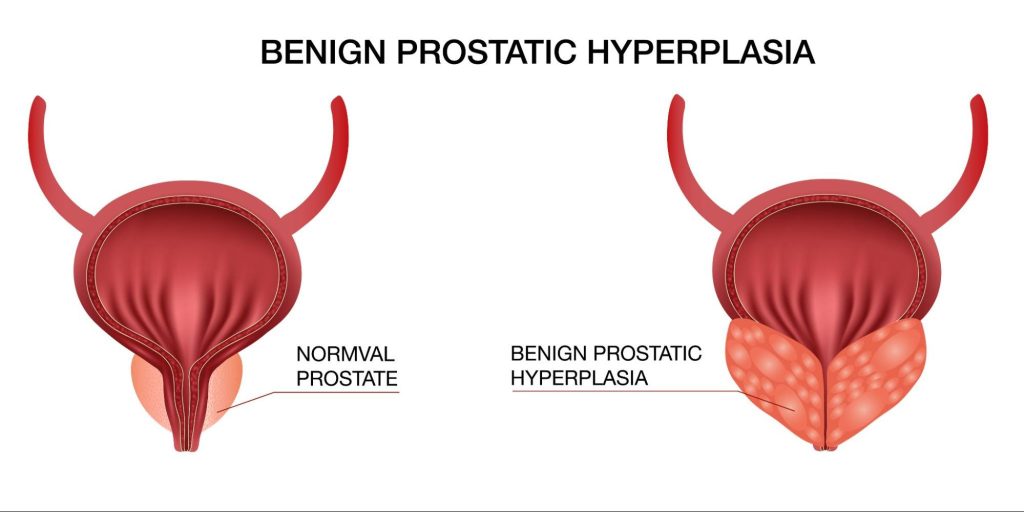Navigating the landscape of prostate health can be both daunting and confusing. For many men, the question of when to seek help for prostate symptoms is often shrouded in uncertainty. While occasional discomfort or minor changes in urinary habits may seem benign, they can sometimes signal a deeper issue lurking beneath the surface.
Understanding the key indicators of prostate health—ranging from persistent urinary difficulties to unusual discomfort—is essential for early detection and intervention. In this article, we’ll explore the symptoms that should prompt concern, shedding light on the crucial signs that warrant a visit to your healthcare provider. By arming yourself with knowledge, you can take proactive steps toward safeguarding your health.
Common Prostate Symptoms to Monitor

When assessing prostate health, several symptoms warrant your attention. Frequent urination, especially at night, can signal underlying issues that might not be immediately apparent. You may also experience difficulty starting or stopping urination, a sensation of incomplete bladder emptying, or a weak urine stream.
In some cases, discomfort or pain in the lower back, hips, or pelvic region can hint at more serious conditions brewing beneath the surface. Dont overlook changes in sexual function either; erectile dysfunction or painful ejaculation are often red flags.
If any of these symptoms persist or intensify, it’s wise to consult a healthcare professional, as early intervention can be crucial for effective treatment. Ignoring these signs could lead to complications, so staying vigilant about your prostate health is essential.
When Should You Be Concerned?

Recognizing when to be concerned about prostate symptoms can be a daunting task, as many men may experience benign issues at some point in their lives. However, certain indicators may signify that professional help is needed. If you notice a significant change in urinary habits—such as increased frequency, urgency, or troubling pain—it’s time to pay attention.
Additionally, if you encounter blood in your urine or semen, or if sexual function seems to be faltering, don’t brush these signs aside; they could represent underlying health issues. Similarly, sudden weight loss or persistent discomfort in the pelvic area should not be overlooked. Keeping an eye on these key symptoms can make all the difference in addressing potential problems early, allowing for timely diagnosis and intervention.
Key Indicators of Prostate Issues
When assessing potential prostate issues, several key indicators should prompt your concern. First, a sudden change in urinary patterns—such as increased frequency, urgency, or difficulty starting and stopping urination—can signal underlying problems. Accompanying these symptoms, the presence of pain or discomfort in the pelvic area or lower back may further indicate an issue requiring attention.
It’s also essential to monitor any unusual changes in sexual function, including erectile dysfunction or painful ejaculation, as such changes can be intertwined with prostate health. Additionally, blood in the urine or semen is a concerning sign that should never be overlooked. With prostate issues, timely recognition of these symptoms is crucial, as early intervention can often lead to better outcomes.
Conclusion

In conclusion, being attuned to your prostate health is crucial, especially as you age. Recognizing key indicators such as frequent urination, difficulty starting or stopping the flow of urine, and pelvic discomfort can help you identify potential issues early on. While not every symptom warrants immediate concern, understanding when to seek medical advice is vital for effective management.
Tools like Prostalite can assist in promoting prostate health, but they should complement regular check-ups and discussions with your healthcare provider. Prioritizing your health through vigilance and proactive measures can lead to better outcomes and a higher quality of life. Remember, when in doubt, don’t hesitate to consult a medical professional for guidance.




